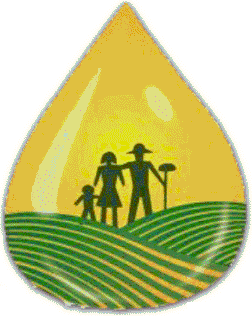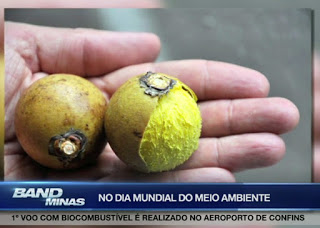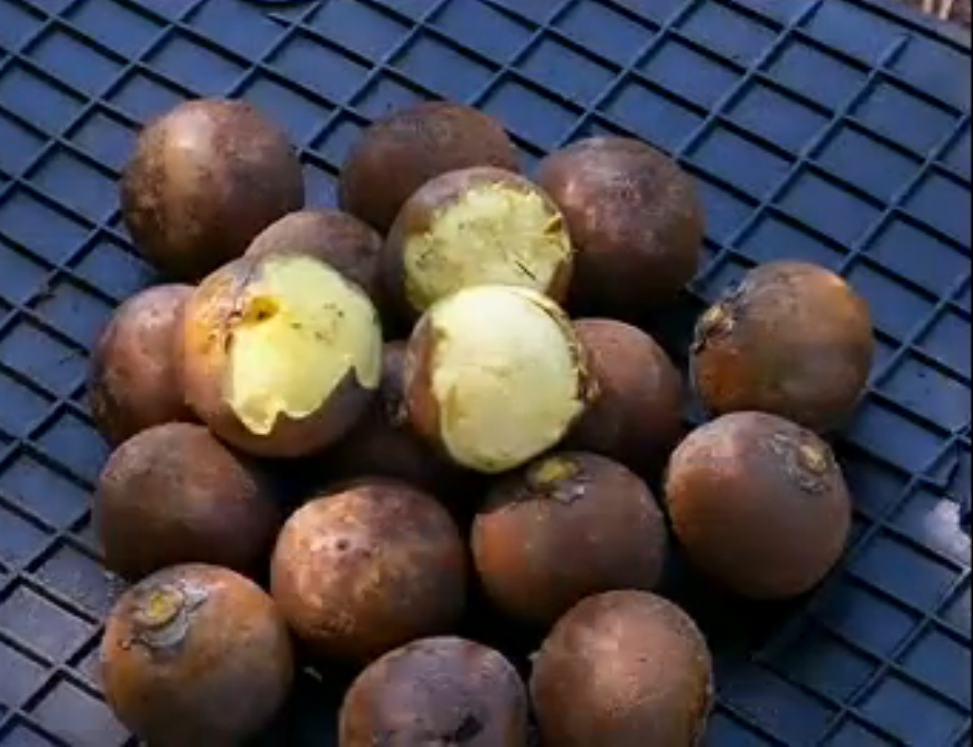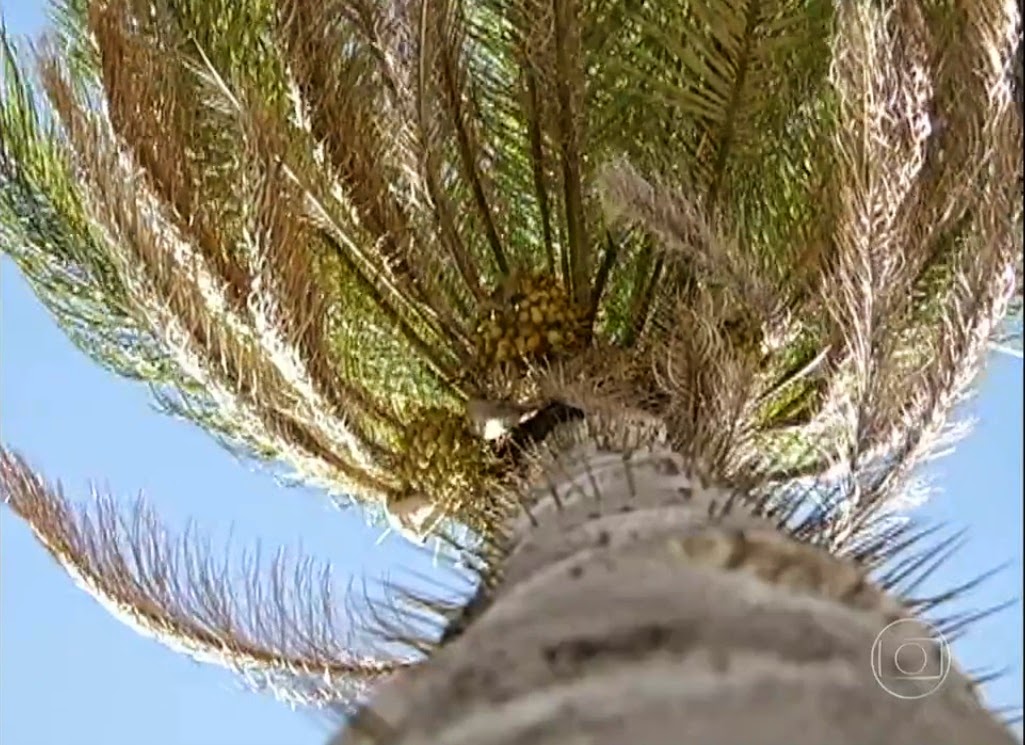Drones help quantify rice production
quarta-feira, março 08, 2023
Rice, an important food crop, is grown on nearly 162 million hectares of land worldwide. One of the most widely used methods to quantify rice production is the counting of rice plants.
This technique is used to estimate yield, diagnose growth and evaluate losses in rice padrice. Most rice counting processes around the world are still done manually. However, this is extremely tedious, laborious and time-consuming, indicating the need for faster and more efficient machine-based solutions.
Researchers in China and Singapore have recently developed a method to replace manual rice counting with a much more sophisticated method involving the use of unmanned aerial vehicles (UAVs) or drones.
According to Professor Jianguo Yao of Nanjing University of Post and Telecommunications in China, who led the study, "the new technique uses unmanned aerial vehicles to capture RGB images, images composed mainly of red, green and blue light, from the rice field. These images are then processed using a deep learning network that we developed, called RiceNet, that can accurately identify the density of rice plants in the field, and provide high-level semantic resources such as the location and size of rice."
The Architecture of the RiceNet network consists of a resource extractor, on the front end, which analyzes the input images, and three resource decoder modules that are responsible for estimating the density of plants in the rice padrice, the location of the plants in the rice padrice and the size of the plants, respectively. The last two resources are particularly important for future research on automated crop management techniques, such as fertilizer application.
As part of the study, the research team deployed a camera-equipped UAV over rice fields in the Chinese city of Nanchang and later analyzed the data acquired using a sophisticated image analysis technique. Next, the researchers used a training dataset and a test dataset. The first was used as a reference to train the system and the second was used to validate the analytical results.
Source: Agrolink




















0 comentários
Agradecemos seu comentário! Volte sempre :)